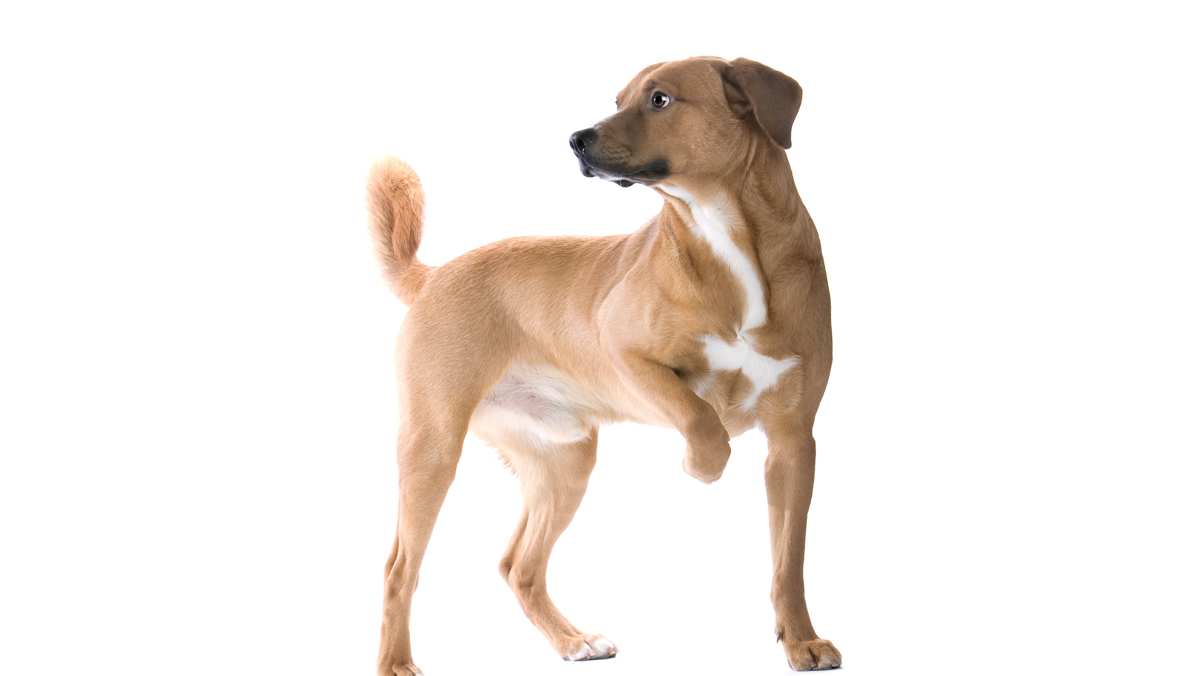Austrian Pinscher Breed Details
The Austrian Pinscher is a working dog that is not bred for companionship. They are meant for farm work by day and to be watch and guard dogs by night; hanging out with the family by the fire was not intended. They are not for everyone, and they may not get along well with other dogs. They may have a low tolerance for children too. Experienced dog handlers who have worked with the Austrian Pinscher are best suited for this breed.
Here are some details you should know about these dogs if you wish to adopt one:
PROS
- Hard-working
- Good guard dogs
- Great watch dogs
- Highly versatile
- Relatively inexpensive
- Excellent pest exterminators
- Trains easily with the right handler
- Presently undergoing breed restoration
CONS
- Frequent barker
- Highly dominant
- Sheds constantly
- Not hypoallergenic
- May not like to play with kids
- May not get along with other pets
- Regional breed that is in short supply
- Average tolerance to hot and cold weather
- Requires intense socialization early in life
- Unless DNA-tested, heritage may not be known
- Needs an extraordinary amount of daily exercise
- Very suspicious of strangers and unknown people
